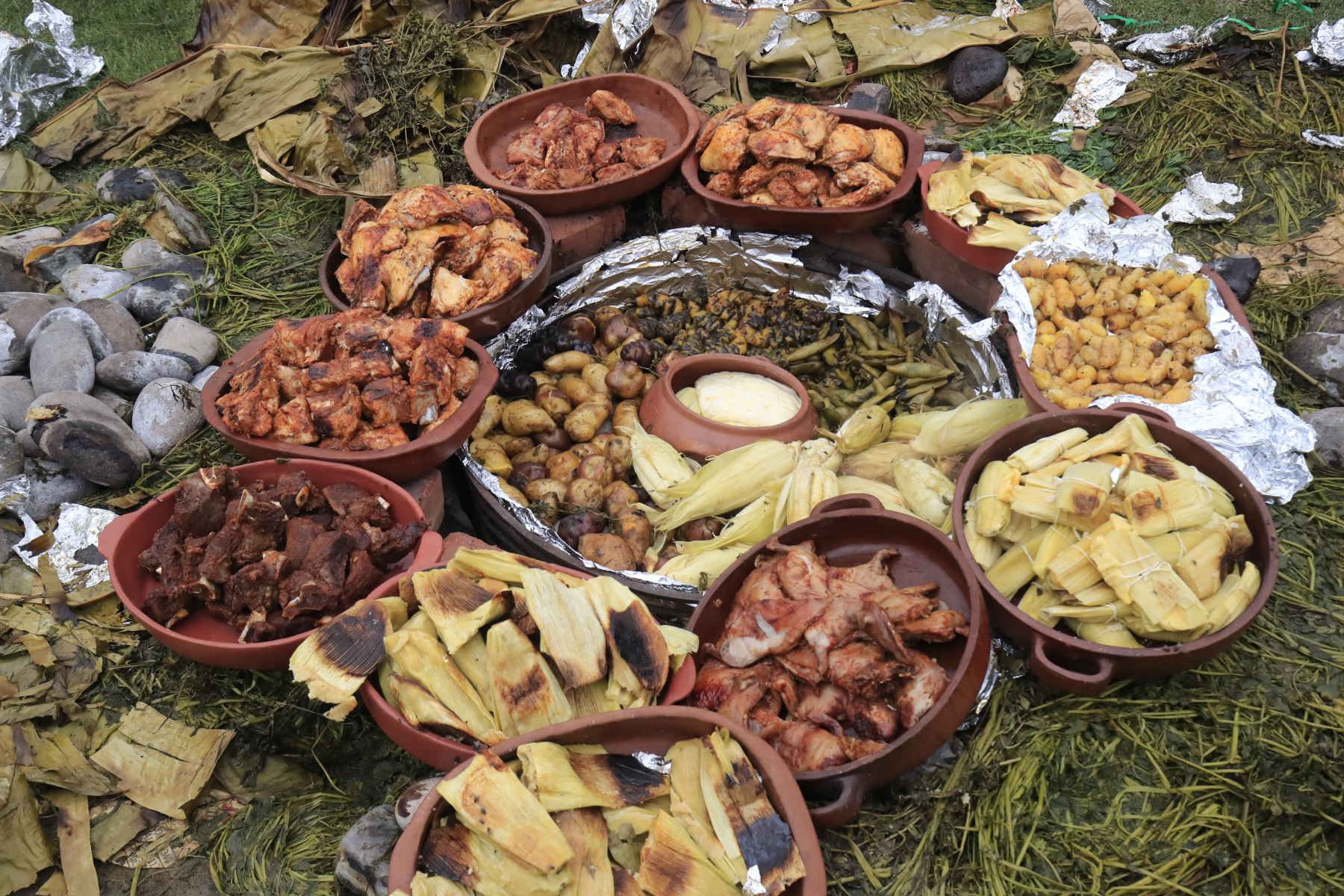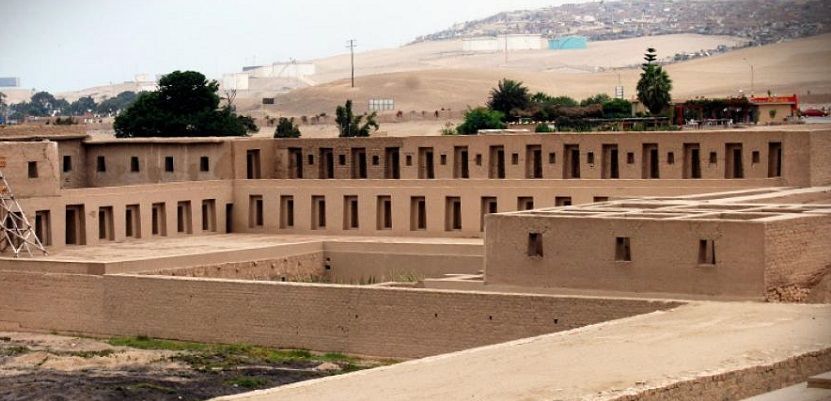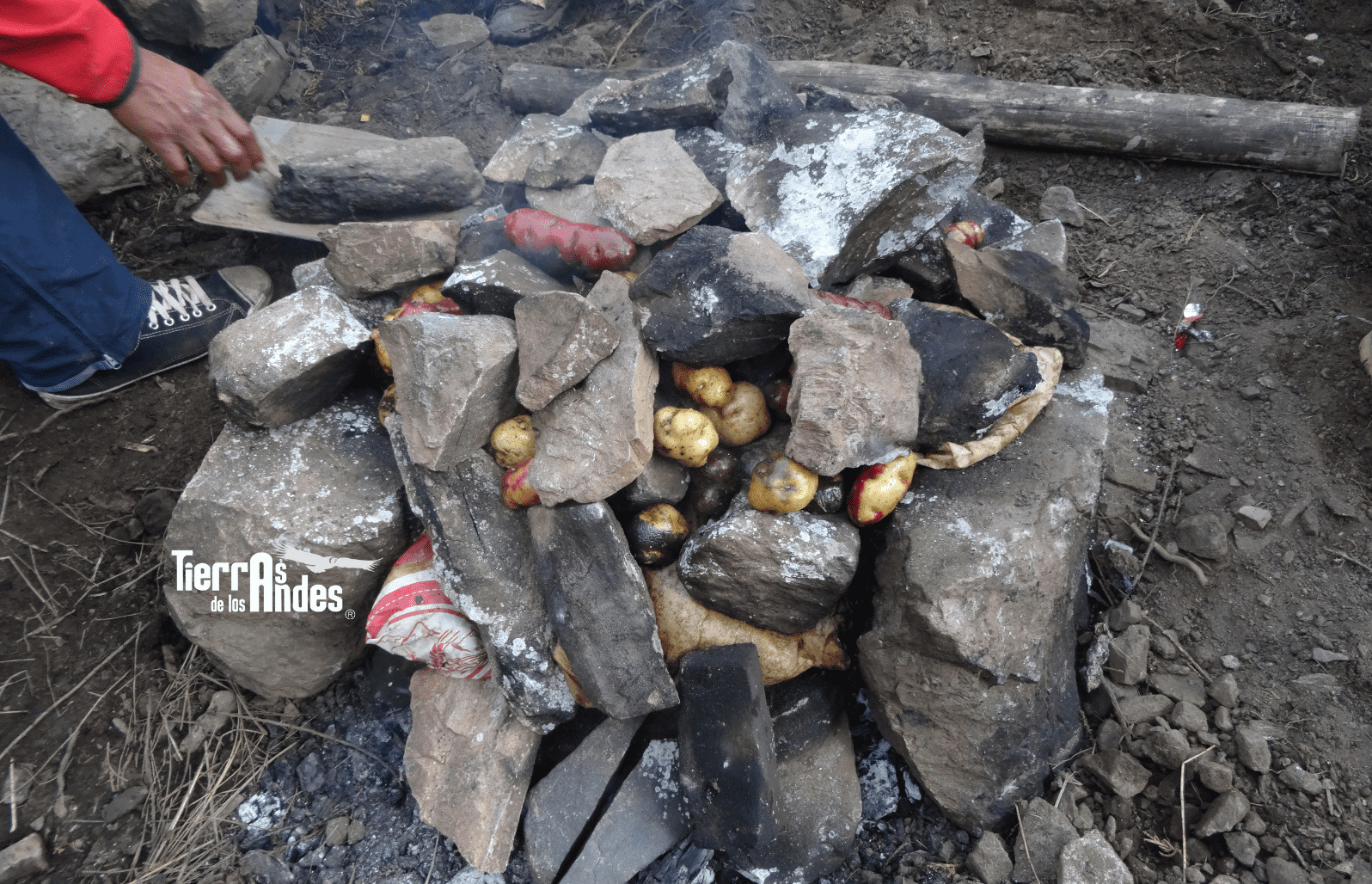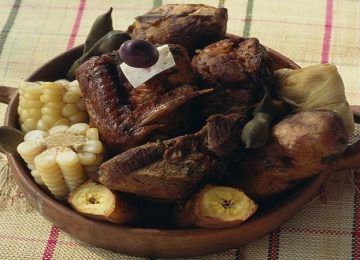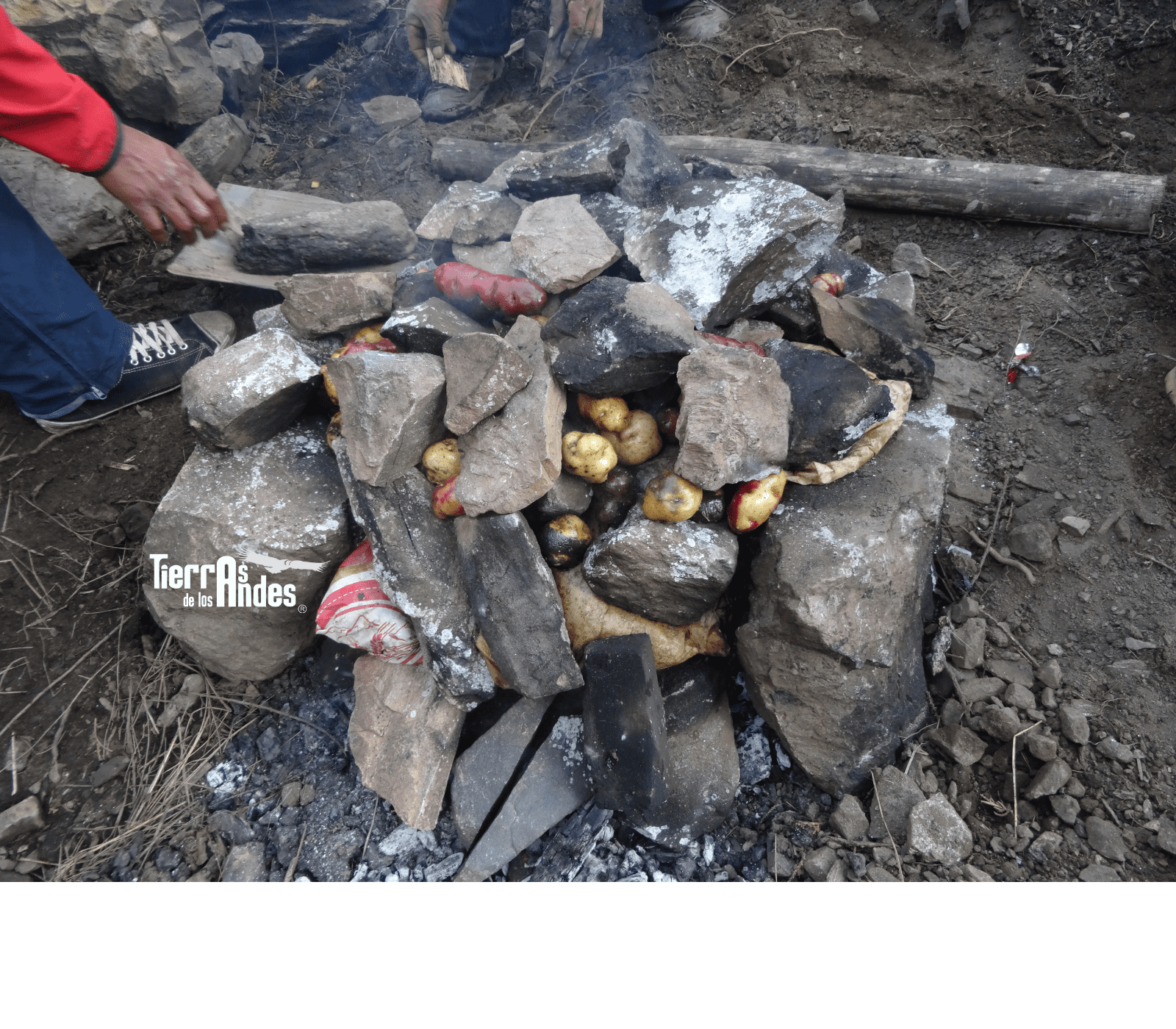We all know that a good trip is nothing without good food, and if you are thinking of visiting or learning a little more about Peru, you must read about the Pachamanca the typical dish of the Incas. Peru is one of the countries with the best cuisine in the world and has an incredible variety of products, dishes, and drinks. However, it is not just another delicacy, but an ancient practice that expresses the love and union so strong that the Andean culture of Peru has with Pachamama (Mother Earth).
The Pachamanca (Quechua Inca word meaning Pot of the Earth) is the preparation of various tubers and types of meat that, instead of using an oven or a stove, are cooked underground. That’s right, no joke! A hole is dug in the ground, the fire is lit, the food is placed inside, and it is covered with hot stones or earth so that it serves as an underground oven.
First go the tubers (sweet potato, potato, cassava, and oca) that take longer to cook; next, the meats are placed, which can be chicken, beef, lamb, pork, or guinea pig. This first layer of food is covered with grass or banana leaves and on top are placed the rest of the ingredients: corn, beans, and sometimes sweet corn humitas.
What gives pachamanca its unique flavor are the seasonings used to flavor each ingredient, which are also placed directly in the hole with the rest. As mentioned earlier, the seasonings are not always the same.
Table of Contents
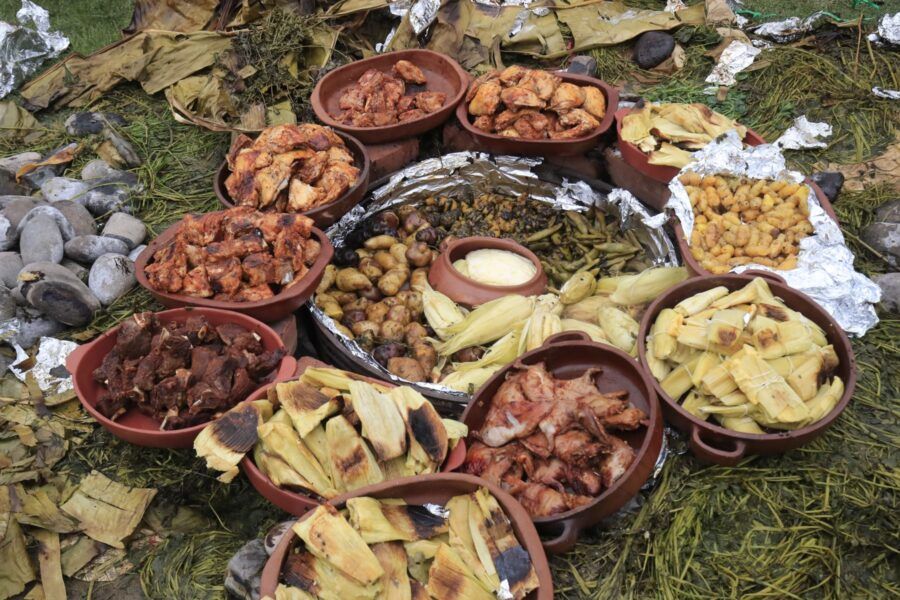
The Pachamanca (Quechua Inca word meaning Pot of the Earth) is the preparation of various tubers and types of meat that, instead of using an oven or a stove, are cooked underground. That’s right, no joke! A hole is dug in the ground, the fire is lit, the food is placed inside, and it is covered with hot stones or earth so that it serves as an underground oven.
Even the meaning of Pachamanka in Quechua means “pot of the earth,” since pacha is earth and manka is pot or oven; while in the Aymara language, manka translates as food, so Pachamanka can also be interpreted as “food of the earth.”
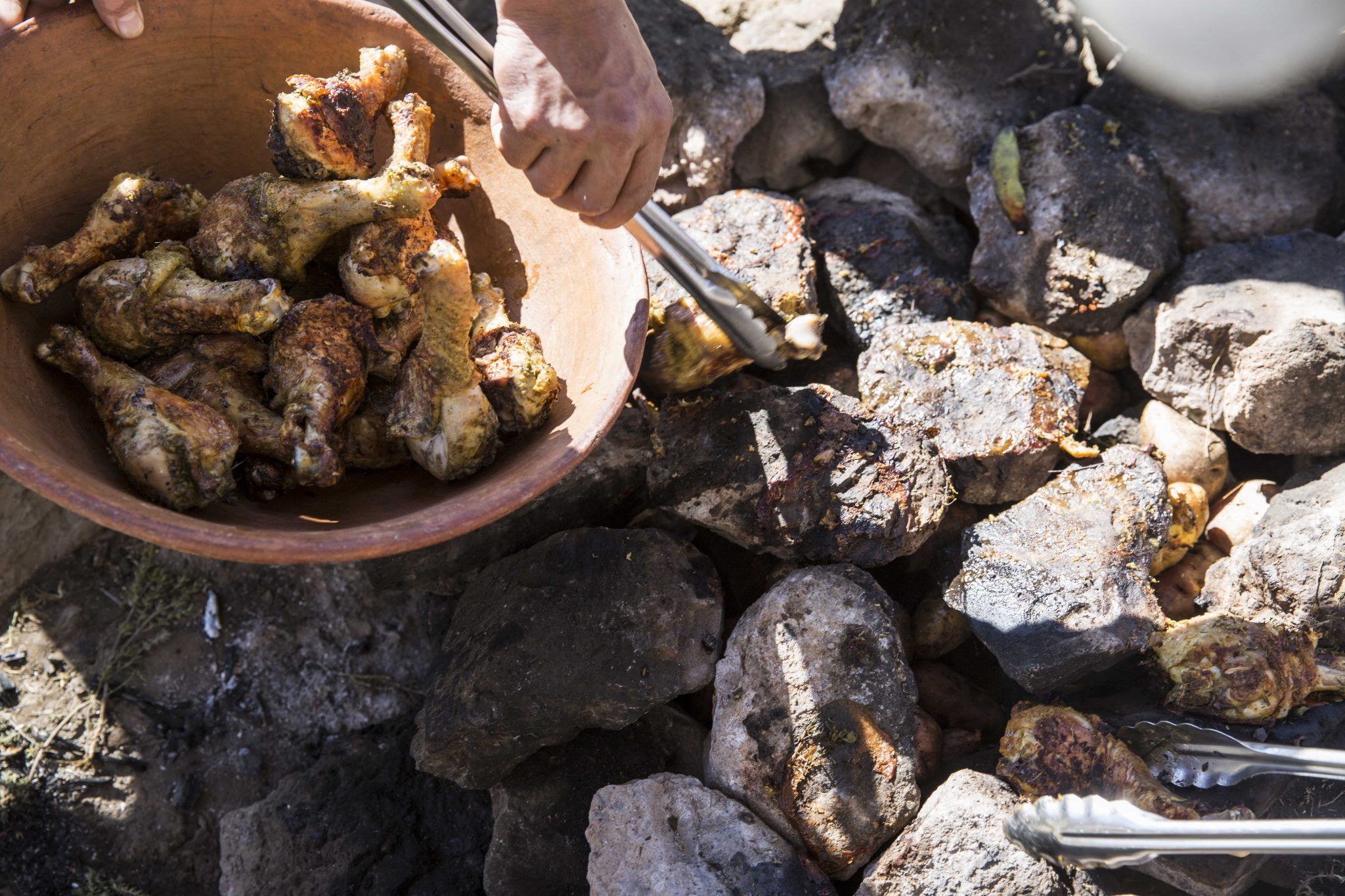
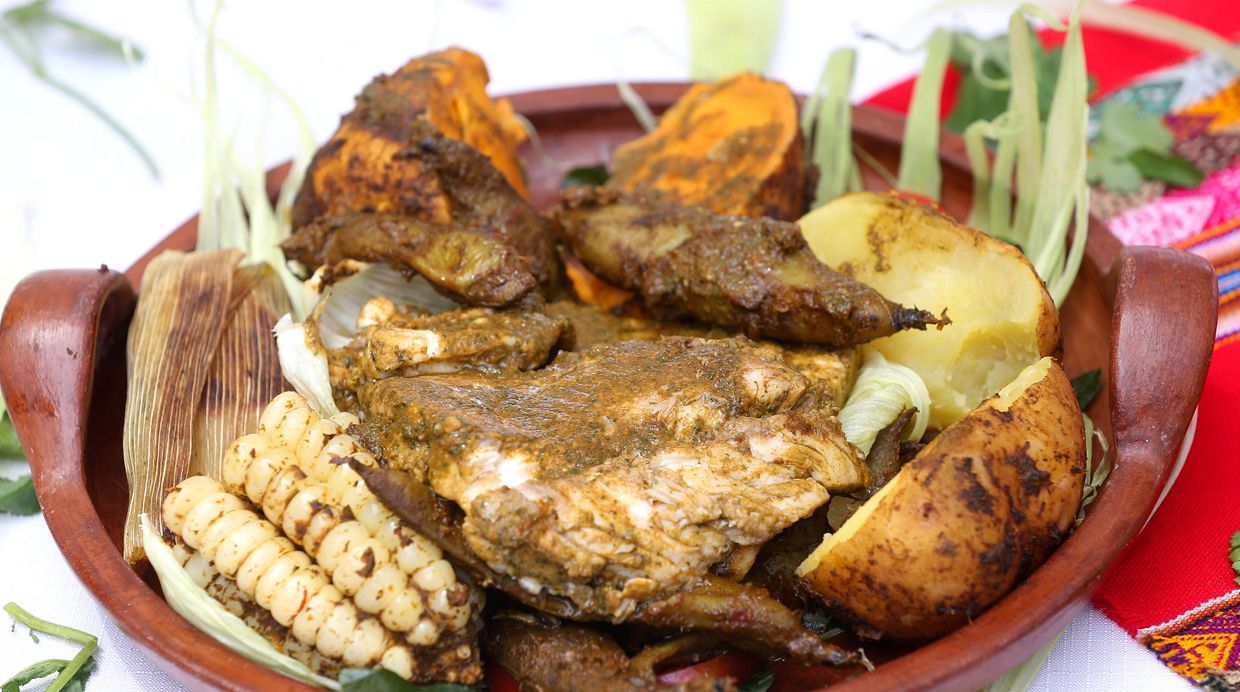
As we will see later, pachamanca is not the same throughout Peru; it is prepared mainly in the regions of Áncash, Huánuco, Pasco, Lima, Junín, Huancavelica, Apurímac, and Ayacucho, each with its own ingredients. Pachamanca is also not a technique unique to Peru. The use of fire is universal as it allows better digestion of food, while stones are excellent heat retainers. Furthermore, gastronomy is perhaps the oldest art that exists, so it is not surprising that in various parts of the world there is underground cooking.
Throughout Latin America, there are very similar dishes and techniques: in Bolivia there is Pampaku and Wajaña, in Chile the curanto of the Mapuche people, in Mexico they use underground ovens called píib, and the indigenous peoples of Brazil and Paraguay make the Paparuto. Similar techniques are also found in various islands of the Pacific Ocean from which it is believed the inhabitants of South America migrated.
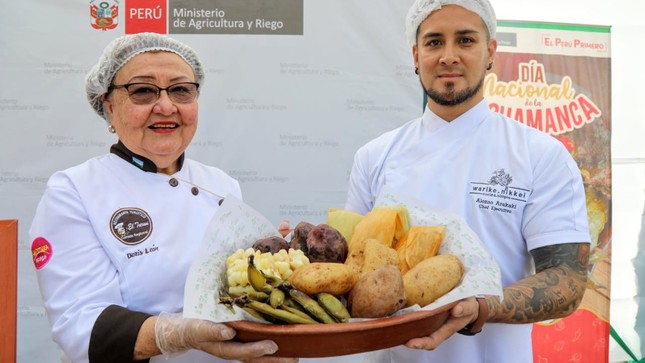
In Peru, since 2003, pachamanca is Cultural Heritage of the Nation. Thus, in 2015 it was established that every first Sunday of February National Pachamanca Day is celebrated to honor its importance in national gastronomy.
The pachamanca begins by digging a hole in the ground where the fire will be lit and the stones carefully placed in a dome shape to heat them. Once the stones are hot, the food is placed on top.
First go the tubers (sweet potato, potato, cassava, and oca) that take longer to cook; next, the meats are placed, which can be chicken, beef, lamb, pork, or guinea pig. This first layer of food is covered with grass or banana leaves and on top are placed the rest of the ingredients: corn, beans, and sometimes sweet corn humitas.
Then it continues to be covered with more seasonings, more grass or leaves, thick blankets and finally with a mound of earth that will concentrate the heat. The food can be left for one to two or four hours.
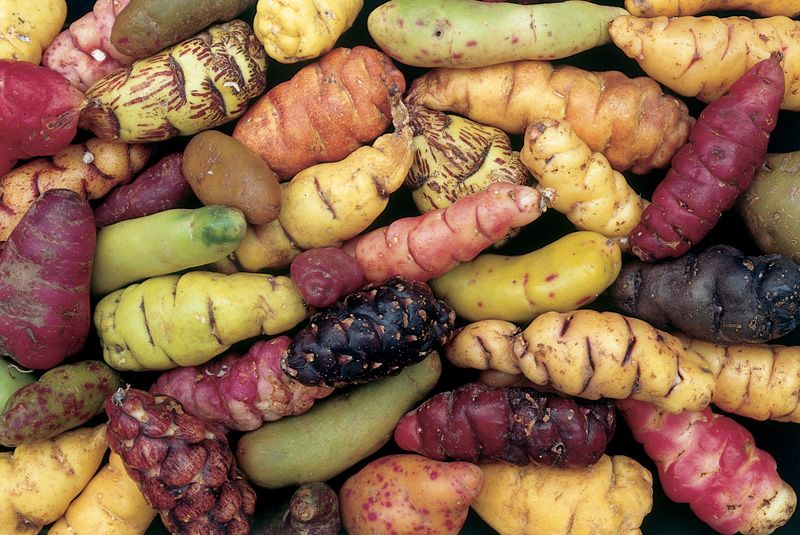
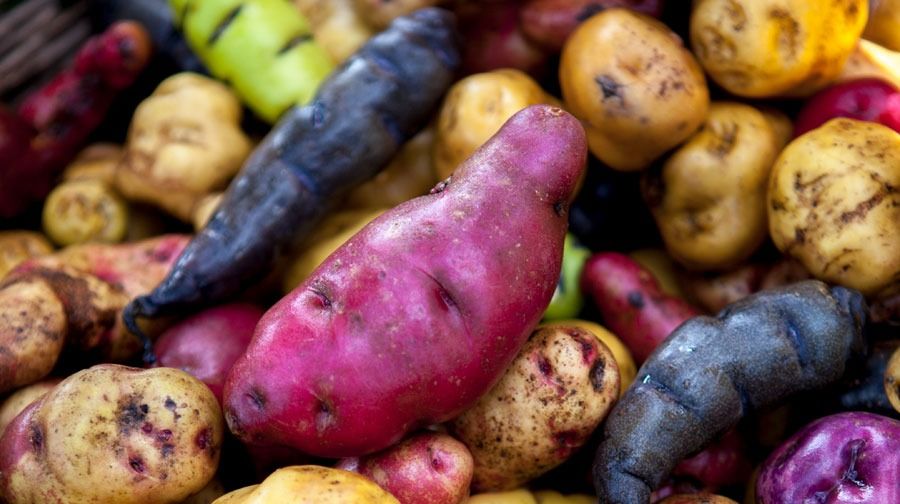
What gives pachamanca its unique flavor are the seasonings used to flavor each ingredient, which are also placed directly in the hole with the rest. As mentioned earlier, the seasonings are not always the same. In the northern departments of Áncash, Huánuco, and Pasco, herbs like chincho and huacatay are used, giving it a green color. In the south, in Ayacucho, Apurímac, and Huancavelica, ají panca and ají colorado are used, giving it a red color. In the center of these two traditions, Lima and Junín make a mix that produces brown tones.
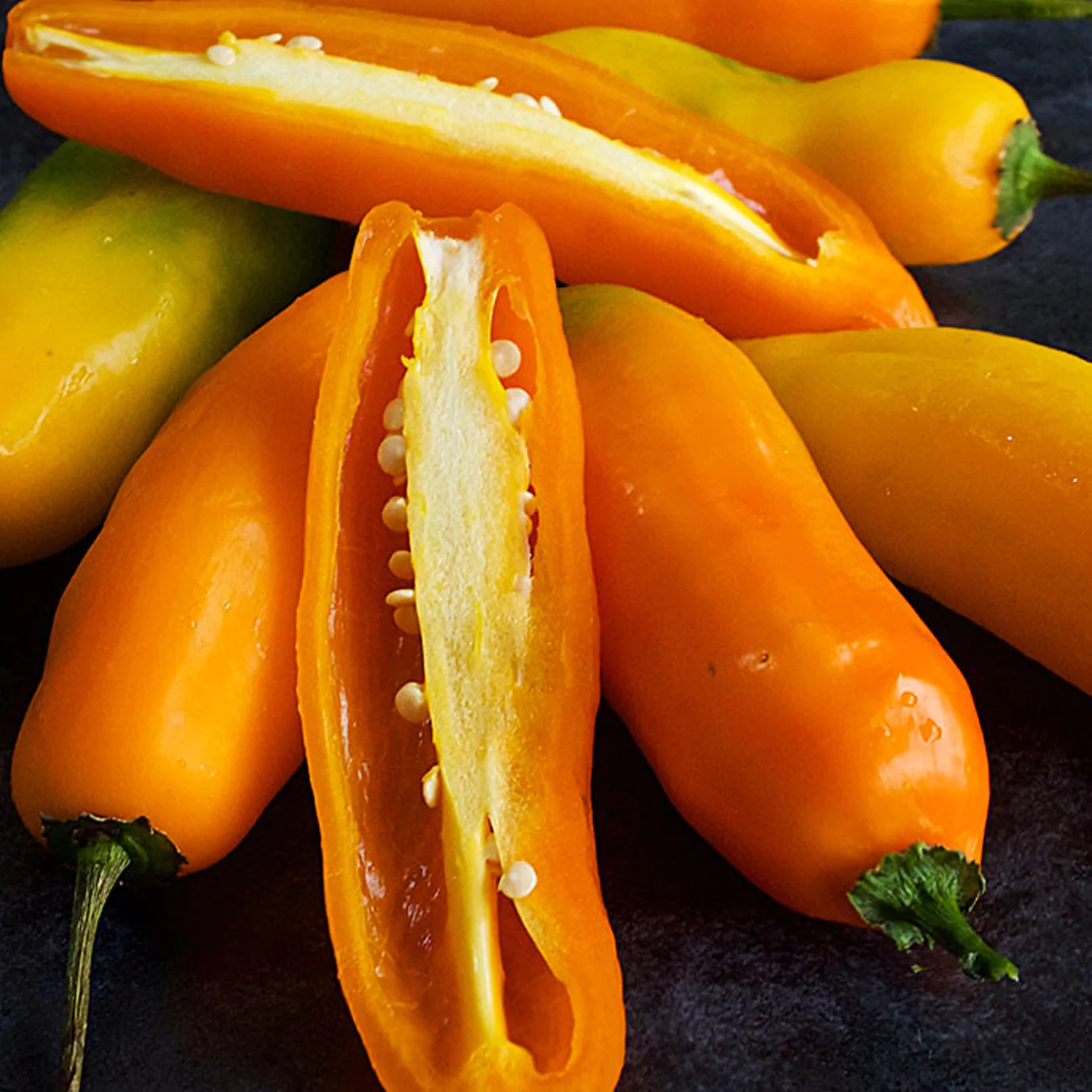
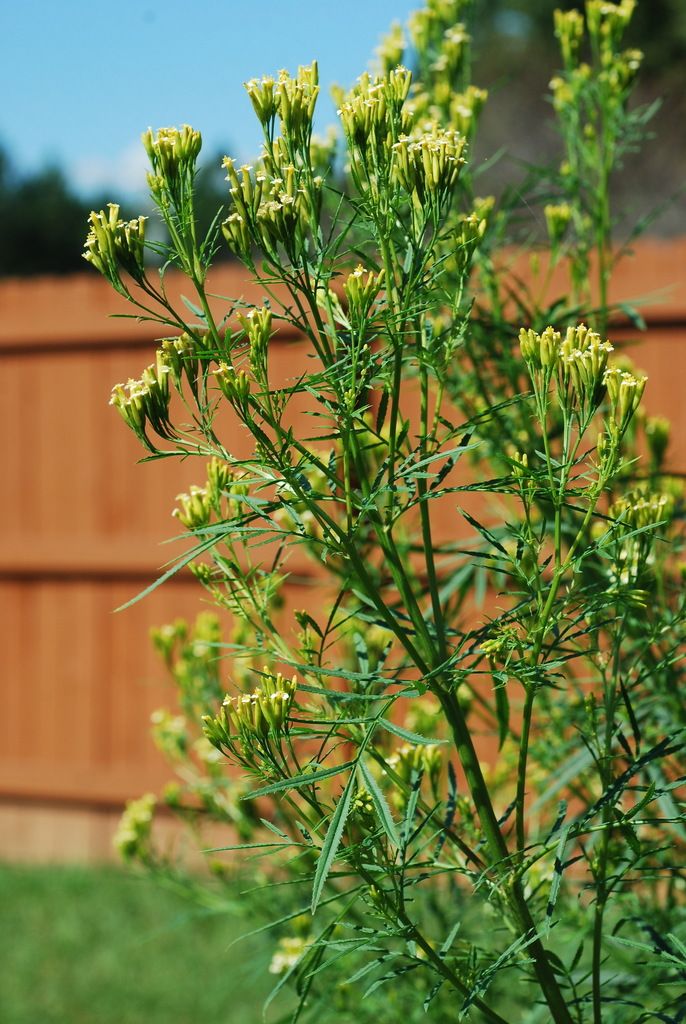
Additionally, the regions of Cusco and Puno have a practice similar to pachamanca called huatia, in which chincho and huacatay also predominate, and which differs by making a shallower hole and using clods of earth instead of stones to cover the food.
Once the pachamanca is ready, the earth, leaves, and seasonings are removed, and finally the corn, meats, and tubers are carefully taken out, releasing a mouth-watering aroma.
For us, the most important thing about pachamanca is sharing with the people we love most and celebrating life around a table or on blankets on the ground, with a delicious plate of food and a glass of beer or chicha de jora in hand.
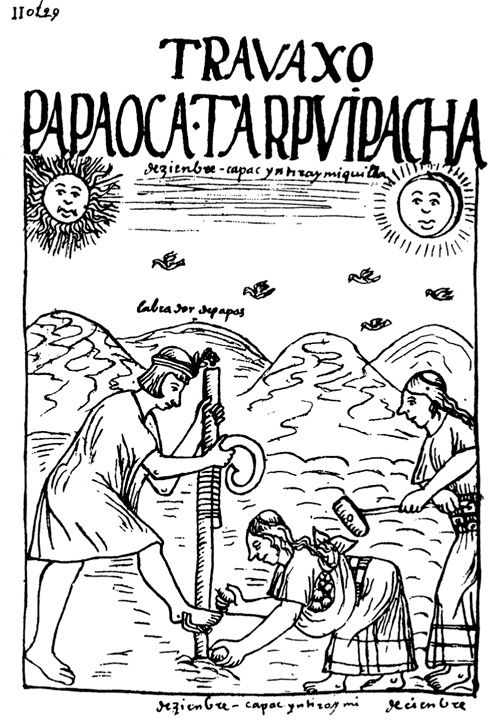
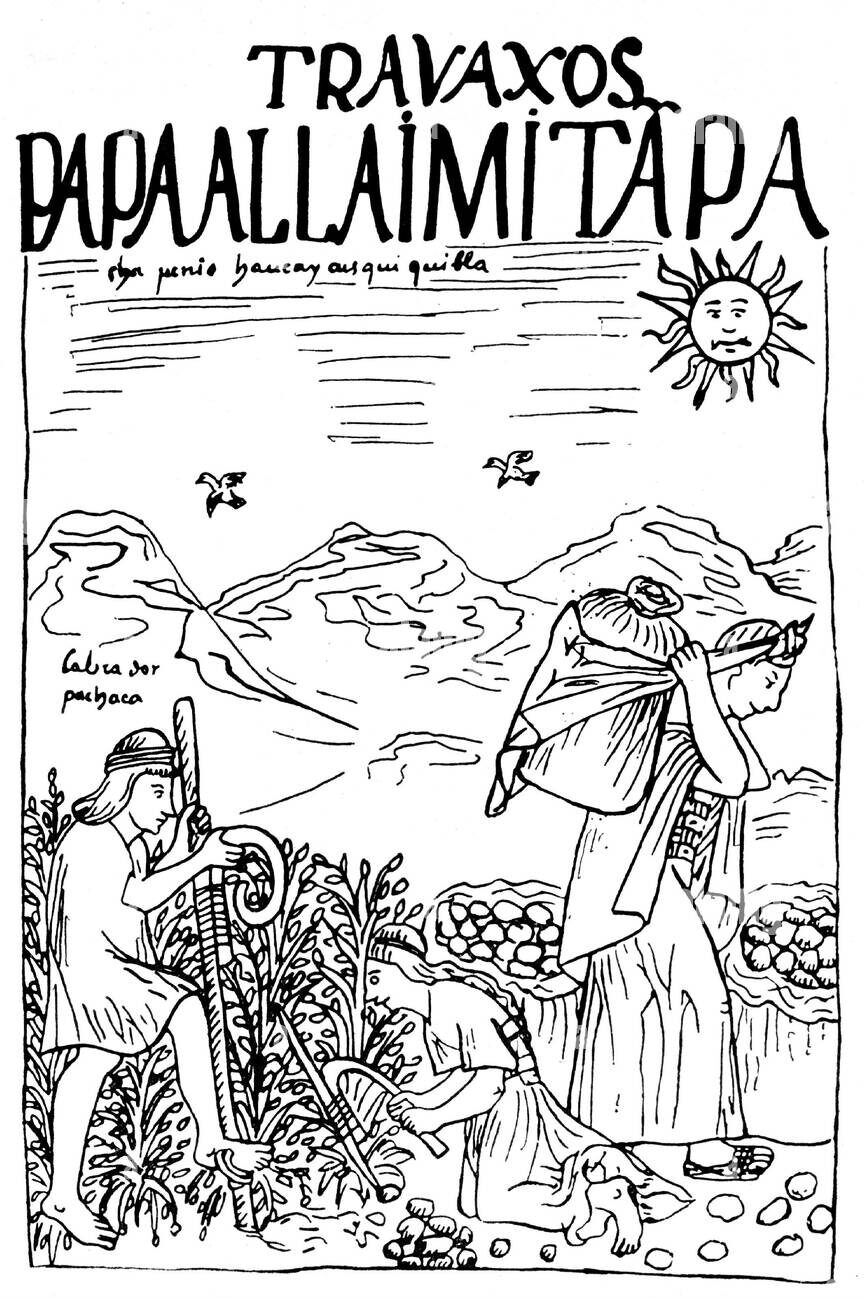
There are archaeological remains up to 11,000 years old that provide evidence of the use of techniques similar to pachamanca in the central Andes.
In the Inca Empire, the meaning of pachamanca was a ritual of offering to Pachamama (Mother Earth) to ensure the fertility of the land and the regeneration of life. Traditionally, it is carried out at harvest time, when families choose the best products to thank the land and the cosmos for providing them with food. Before being consumed, the food must return to the earth where it was born.
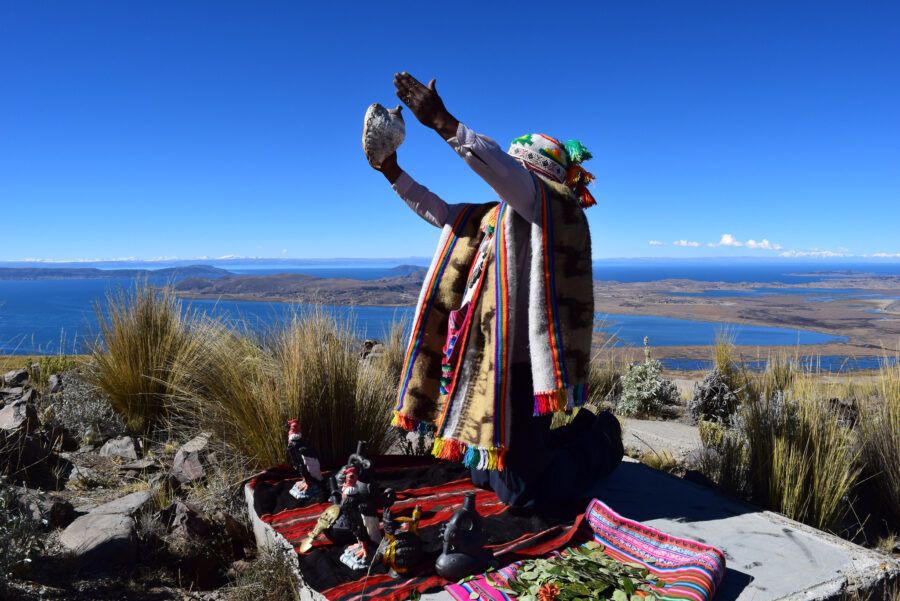
Not all cultures consider the earth as an appropriate means for preparing food. In Western culture, for example, society seeks to distance itself from nature, and the earth is commonly seen as dirty. We have already realized how dangerous this thinking is, which has led us to the destruction of ecosystems and the pollution of our planet.
Meanwhile, the Andean culture perceives itself as a child of Pachamama, of the sun Inti, of the qochas or lagoons, and of our mountain range.
It is taught that we must care for nature because we are just another part of the life cycle that governs plants, animals, rivers, and mountains.
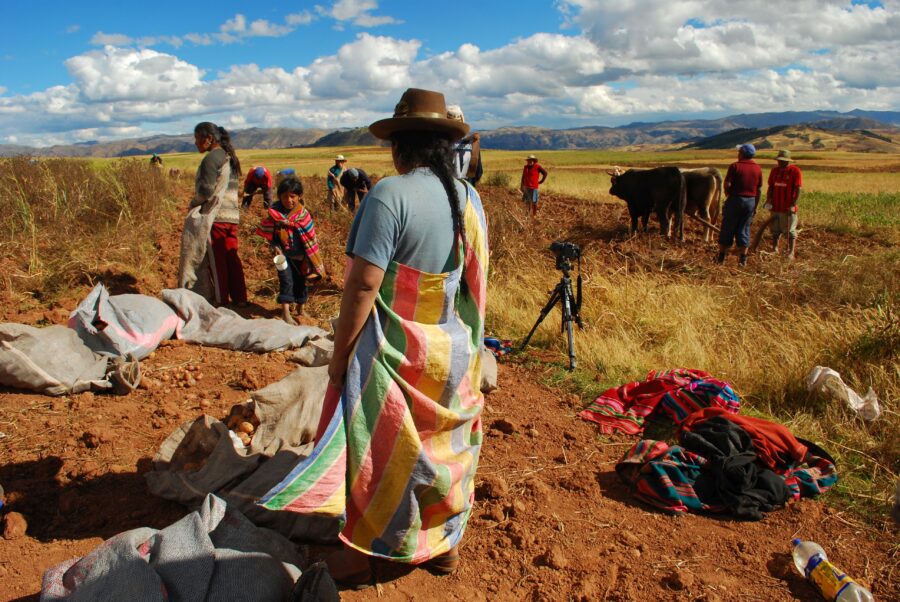
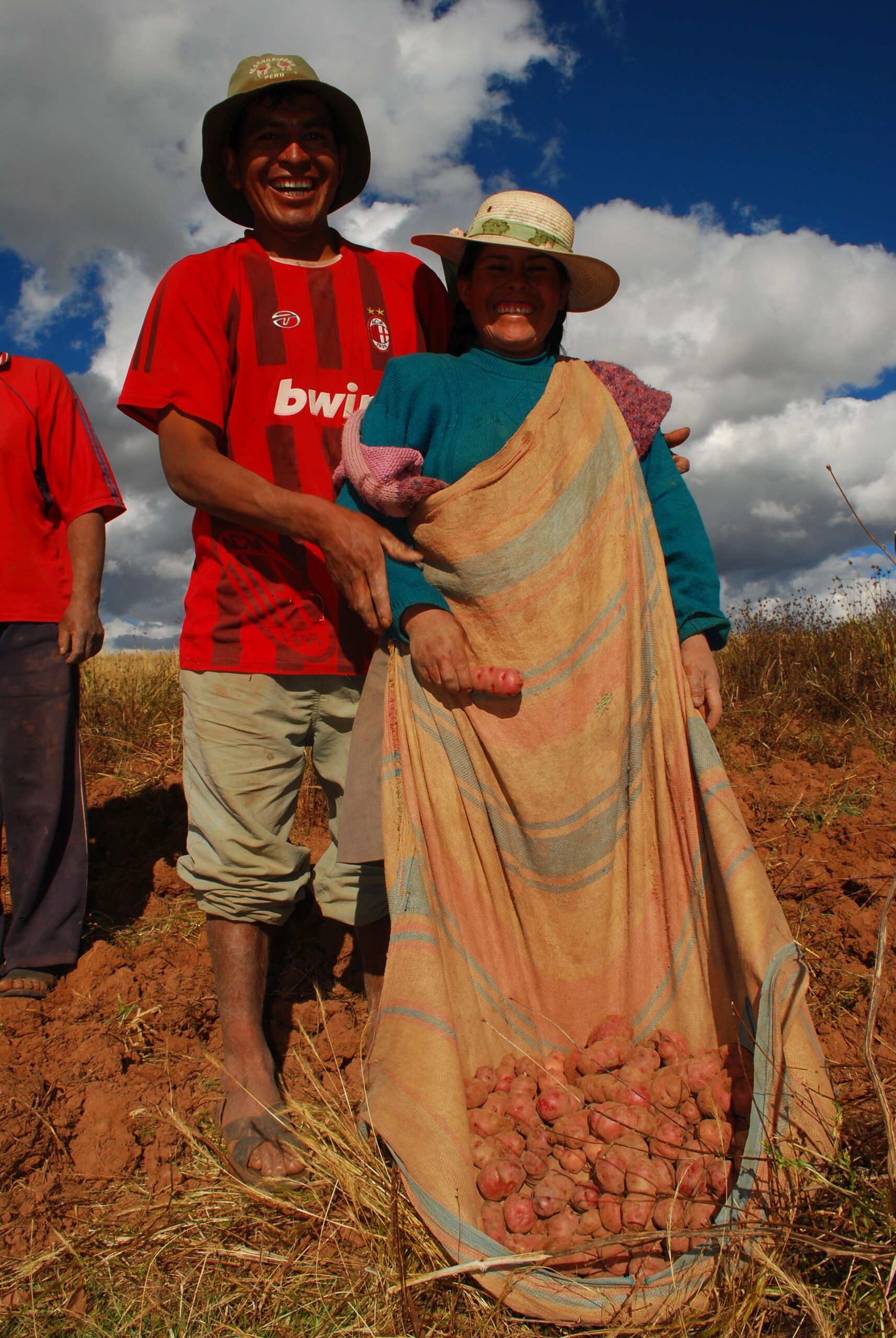
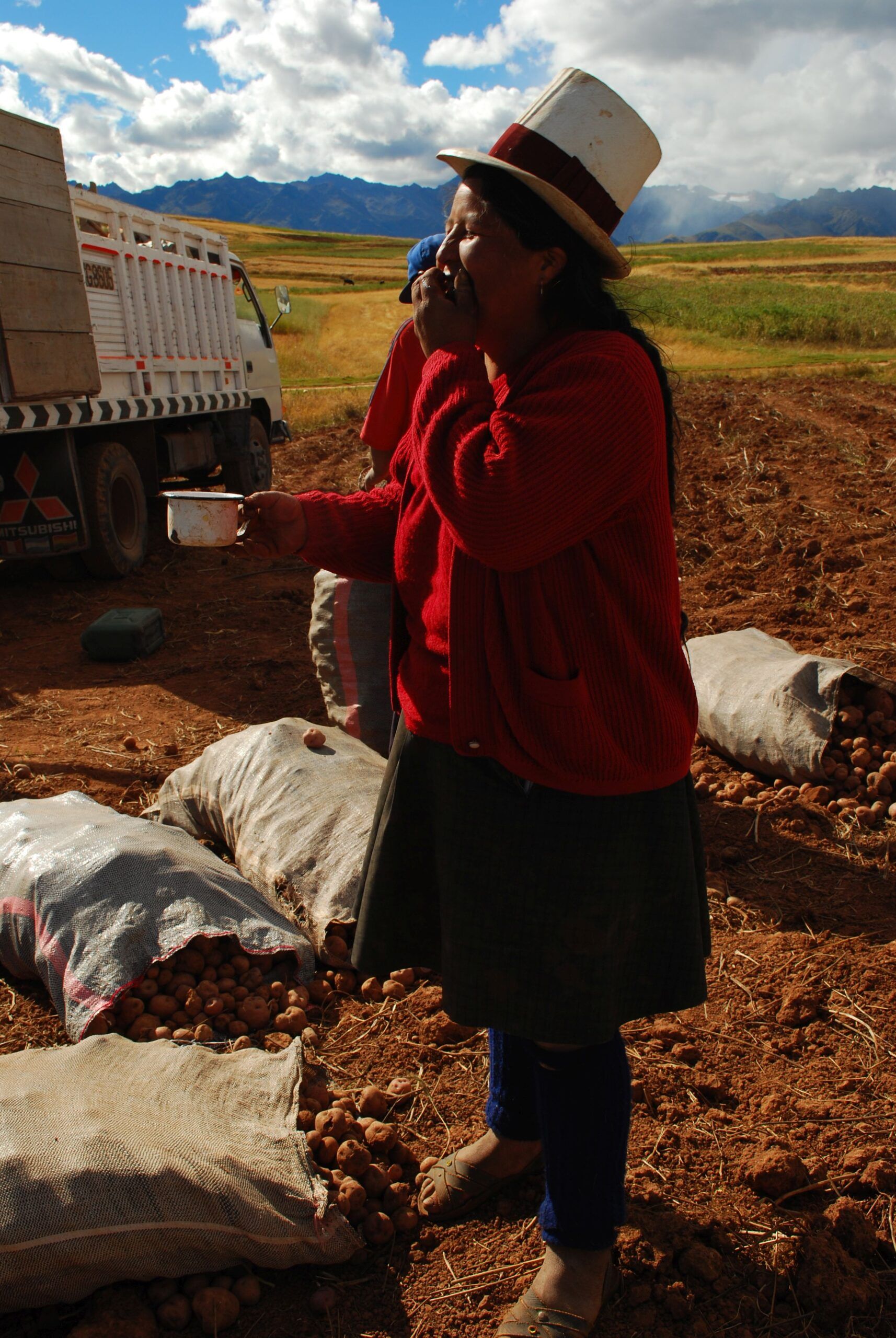
A pachamanca is always a collective act where different families and communities coexist with the fire, the earth, the rocks, and the food—basic elements of the Andean worldview. That is why, in addition to being a ritual to the land, nowadays pachamanca accompanies various festivals, events, and special occasions.
It is the perfect reflection of Peruvian culture that places great importance on collectivism and food. And it allows many people to be fed in an entertaining and delicious way.
Pachamanca implies social cohesion among the groups that participate, who must organize and exchange tasks and food. Some bring the meat, others the potatoes and seasonings, others prepare the oven, and there is even a master of ceremonies who asks for the blessing from the Apus with coca leaves, chicha or with a flower cross.
And musicians cannot be missing at a pachamanca, as it is not uncommon to see everyone present dancing over the buried food, showing the joy and zest for life that characterize Peruvians.
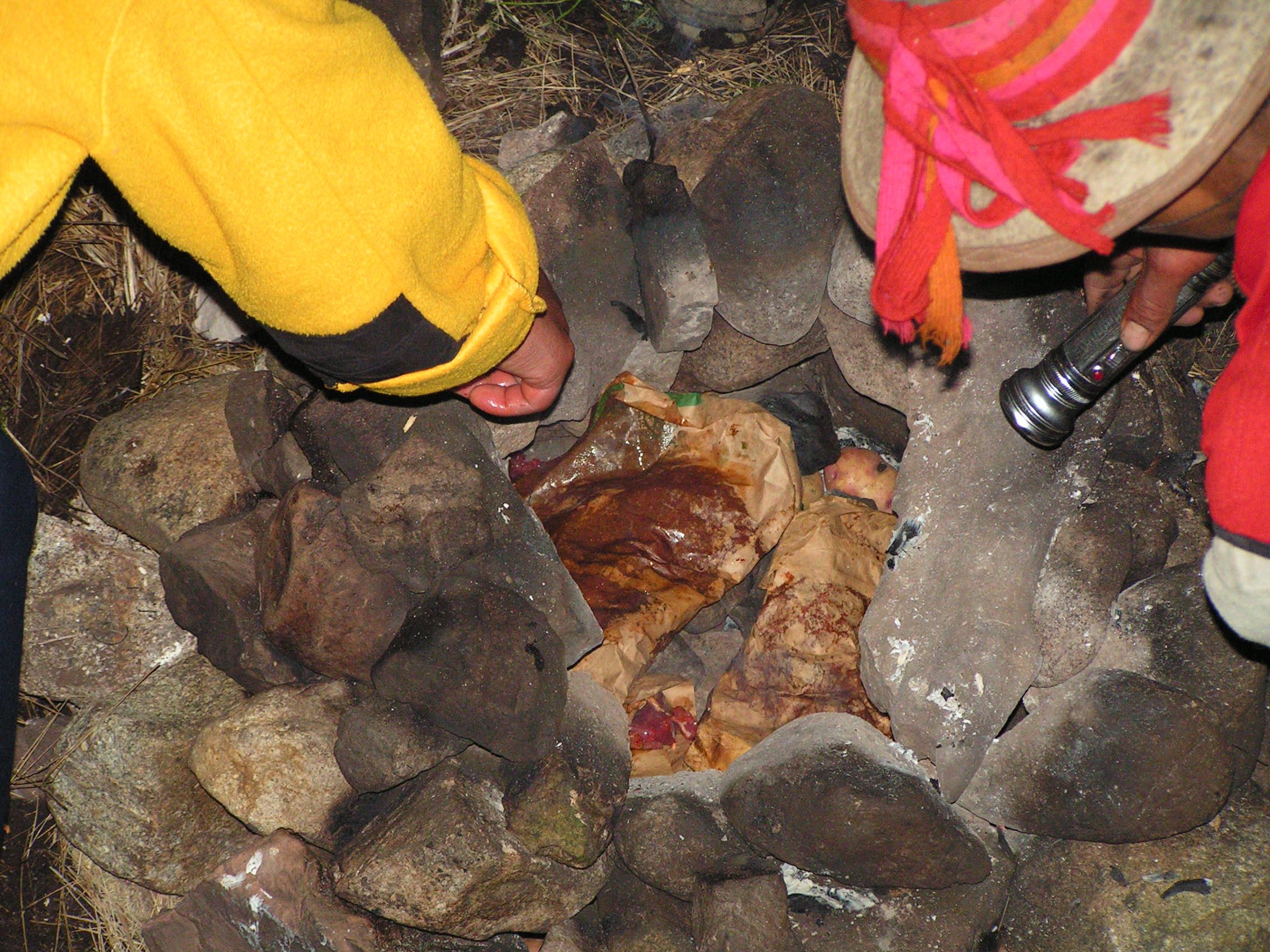
Today, pachamanca is a practice that extends throughout Peru and is used by both farmers in the highlands and the upper classes in the capital. Any tourist visiting our country is obliged to try this delicious dish, even if only in a traditional food restaurant.
However, nothing compares to the experience of living pachamanca and enjoying the entire preparation ritual that makes it even tastier.
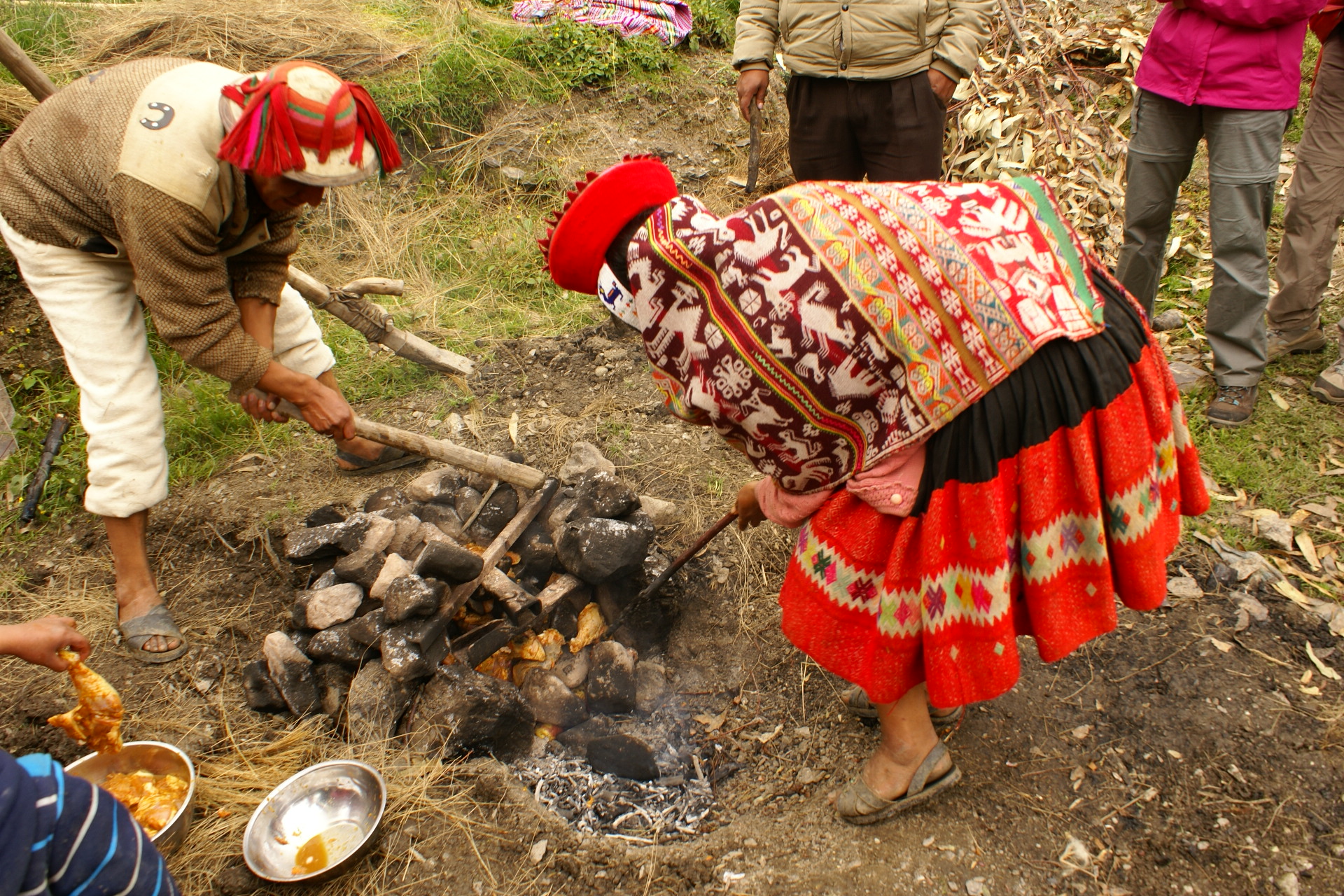
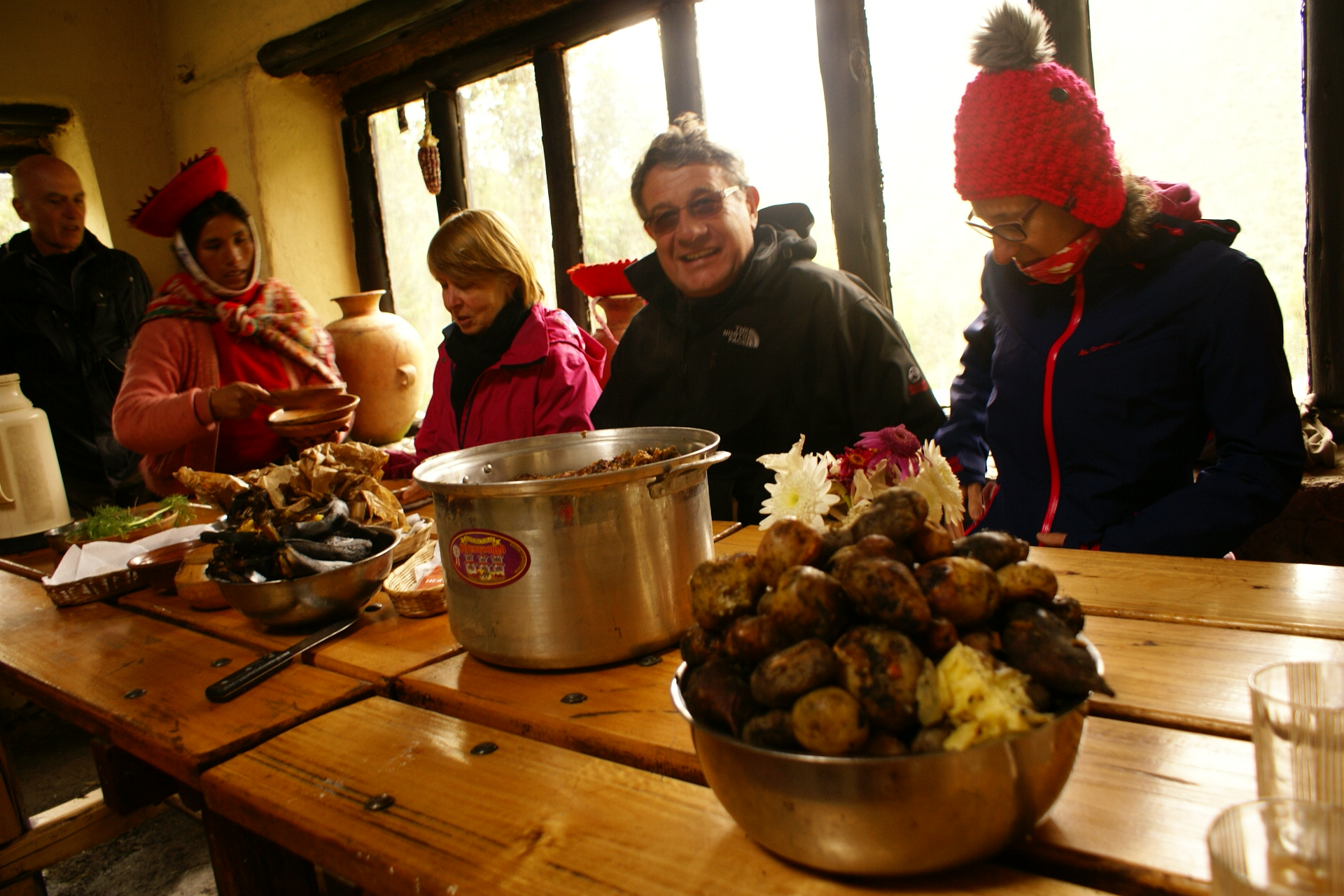
At Tierras de los Andes, we seek to offer authentic cultural experiences to people who are truly interested in seeing the traditional ways of life that still exist in Peru. That is why we are offering an amazing PACHAMANCA TOUR! On our treks and tours, we offer lodging with indigenous communities who will share their worldviews, rituals, and food with you. If you want to experience the authentic pachamanca that has been passed down for thousands of years, contact us and don’t be afraid to ask. We will help you in every way possible to ensure you have the best experience in Peru!



